Wedding season is upon us. And as any habitual wedding guest can attest, looking for the perfect outfit can be hassle – from deciphering the dress code on the invitation (which is already confusing in and of itself), to doing the mental maths of ‘venue, colour and comfort’, all while making sure you don’t stand out for the wrong reasons. There’s truly a lot to consider, but there’s no reason to panic: we’ve got your search for the perfect (and perfectly appropriate) look covered. And no, white will never be an option.
Dress Codes Decoded
First things first: look for the dress code in the invitation. If the bride and groom didn’t include one, you can ask them for some guidance – after all, they’ll be the first to want their guests dressed appropriately. Most commonly used dress codes range from black tie (the most formal) to semi-formal or casual. Here’s what to wear for each:
Black Tie
Black-tie weddings require the most formality and have less room for interpretation; you want to show respect for the occasion and the couple, and showing up underdressed is not the way to go. For men, this strictly means a tuxedo with (obviously) a black bowtie or necktie, and black shoes. Women should go for floor-length gowns, jumpsuits or trouser suits in elegant fabrics such as satin, crêpe, chiffon or silk, complemented with refined jewellery and usually worn with heels – though a pair of stylish, scuff-free flats in a chic material like patent leather or velvet would also do. And since black-tie events are usually held after 5 p.m., darker colours such as black, navy and jewel tones are the safest bet for your outfit.
View this post on Instagram
View this post on Instagram
Formal or Black-Tie Optional
The word ‘optional’ gives a lot more flexibility: while a black tuxedo and a floor-length gown are acceptable, men can go for a classic suit and tie in a different (but still usually dark) colour, and women are free to choose between floor-, midi-, or knee-length dresses, or even dressy separates (nothing too revealing, though). Just keep in mind that it’s still formal attire, so choose fabrics, colours and accessories accordingly. If the ‘black-tie optional/formal’ code seems too vague, use the time of the event as a good indicator: while evening weddings require more formality, daytime weddings are a bit more open, meaning you can show some leg and go for brighter colours or prints.
View this post on Instagram
View this post on Instagram
Cocktail
Just one small step below black-tie optional, and somewhere between evening formality and daytime flexibility, you’ll find one of the most common dress codes: cocktail, also known as ‘semi-formal’, which basically translates into ‘formal dress with shorter hemlines’. Women can wear tea- or knee-length dresses in any colour or print, as well as a jumpsuit or separates, ideally accented with nice accessories. For men, a classic suit and tie is fail-safe, although not wearing a tie may also be appropriate.
View this post on Instagram
View this post on Instagram
Beach or Destination
While oceanside ‘I dos’ are magical for many, they can also be confusing and challenging style-wise. First and foremost: don’t bring your stilettos. Secondly, and as a good rule of thumb, go for what you would choose as a semi-formal look with a more relaxed vibe: think flowy sundresses, boho maxi dresses or a breezy linen top-and-skirt set, paired with either flat sandals or nice wedges for a safe walk in the sand. Add a beachy vibe with a sweetgrass clutch, coral and seashell jewellery or a floral headpiece. For men, the look should be breathy and comfortable: a light-coloured linen shirt with khakis or a breathable suit in navy or tan with nice loafers should help you with stand the heat and humidity, while still looking wedding-appropriate. SPF is not optional.
View this post on Instagram
View this post on Instagram
Casual
But, not too casual. A casual wedding usually involves a smaller guest list in a more relaxed environment, and the attire should reflect that – more laid-back and less lavish – but just because the ceremony seems simple, that doesn’t mean guests should show up looking like they’ve just come from running errands. Jeans, T-shirts, tank tops and sneakers, for example, are off-limits. Guests do, however, have a bit of flexibility and can dress more comfortably while still looking their best. For men, this means suits in solids or prints, worn with a button-down or even a nice polo shirt, or a classic blazer paired with khaki trousers and a pair of loafers. For the ladies, anything from a sundress to a nice top paired with a skirt, a jumpsuit or a silky blouse-and-trousers would be appropriate.
View this post on Instagram
View this post on Instagram
Additional Dos
Now that the dress code dilemma has been sorted, there are a few more things to consider before choosing your look.
DO: Think About The Venue
The dress code provided is the obvious starting point, but even with that information, you’ll need to use common sense. An outdoor formal wedding won’t be the same as a formal wedding at a fancy hotel, and the ensembles shouldn’t be either. For example, if the venue is an open-air garden, you’re probably better off with block sandals rather than stilettos, to avoid getting stuck in the grass.
Also, if the venue has AC or the location is at a windy outdoor area, you’ll need to bring layers for when it gets chilly. Anything from a dressy shawl to a nice cardigan or blazer will save you from being uncomfortably cold (or stealing your man’s jacket).
DO: Consider Colours
When it comes to colours, only a few are off the table. Unless specifically informed otherwise by the couple, always steer clear of white and its similar tones – off-white, beige, ivory, cream, champagne, light blush, etc. – as they could easily compete with the bride’s look, and even wash out and look white in photos. Also, if you know the colour chosen for the bridal party, try to avoid that as well.
Other than that, you’re free to choose any other hue, although considering the season might be a smart move. While spring and summer weddings call for brighter tones, pastels and colourful prints, fall and winter are best for cold-weather colours such as burgundy, olive green and navy in richer fabrics like velvet and satin.
DO: Know The Audience
Just because you were invited, it doesn’t mean that you can wear whatever you want. Especially if the wedding has a cultural or religious context, you’ll need to consider how modest to dress out of respect. As a starting point, don’t wear anything too short or too revealing: see-through fabrics, excessive cut-outs or super-low necklines could make other more conservative guests uncomfortable (not to mention you could be headed for a wardrobe malfunction – not a good wedding memory). If you want to wear something more party-esque for the reception, but you know the ceremony will be held in a place of worship that calls for modesty, a cardigan/blazer/shawl would also come in handy.
If the wedding is from a different culture than yours, make you research beforehand to understand what is and isn’t appropriate, to avoid disrespecting the couple and their families. For example, wearing black to a Chinese wedding is considered bad luck for the newlyweds, while Jewish weddings prohibit women from showing their shoulders and collarbone when attending the synagogue.
If, after your research and thorough style analysis, you’re still not sure on what to wear, you can always ask the couple or, even better, someone from the wedding party. Knowing what they’ll be wearing is a good cue as to what’s expected for the rest of the guest list. Now, go have fun and raise a glass to the happy couple!

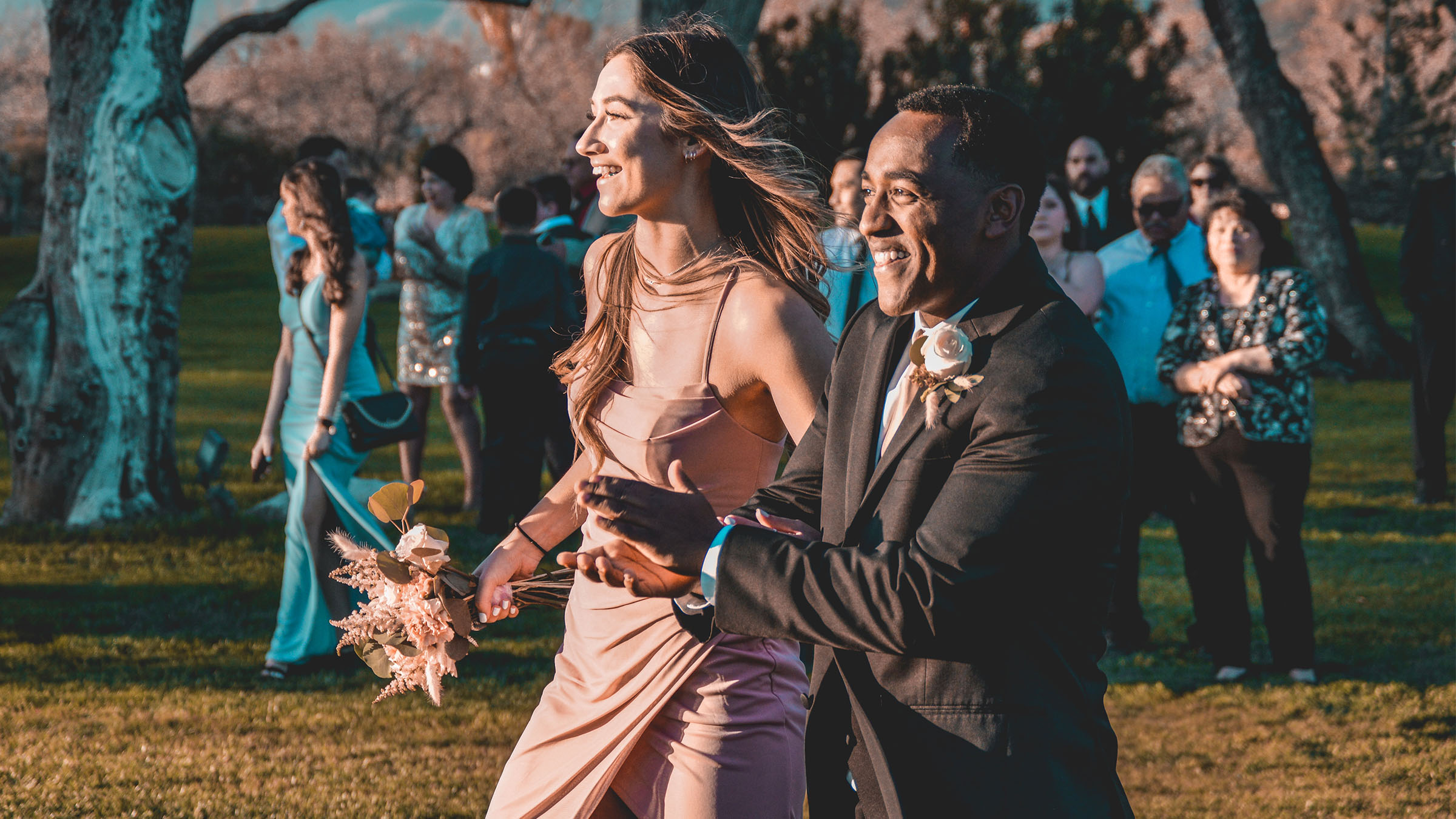
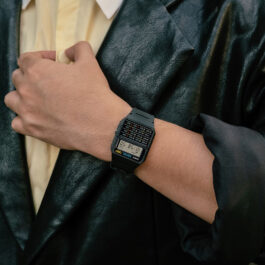
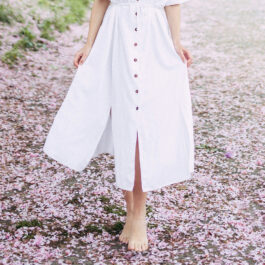
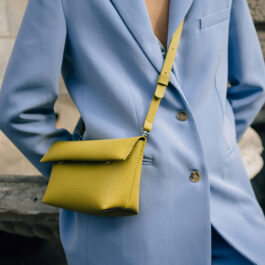
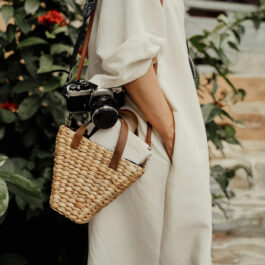

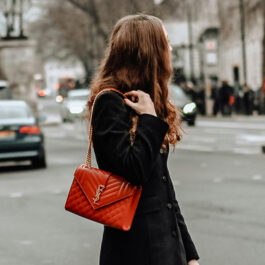
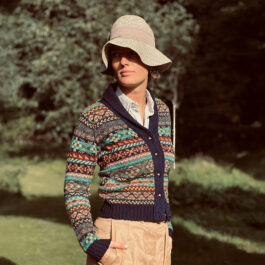


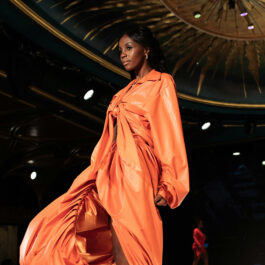
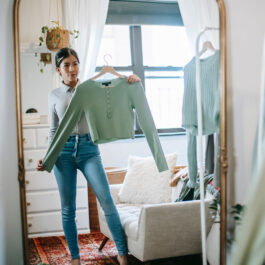
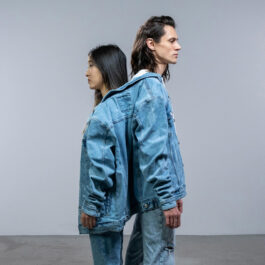
Sorry, the comment form is closed at this time.